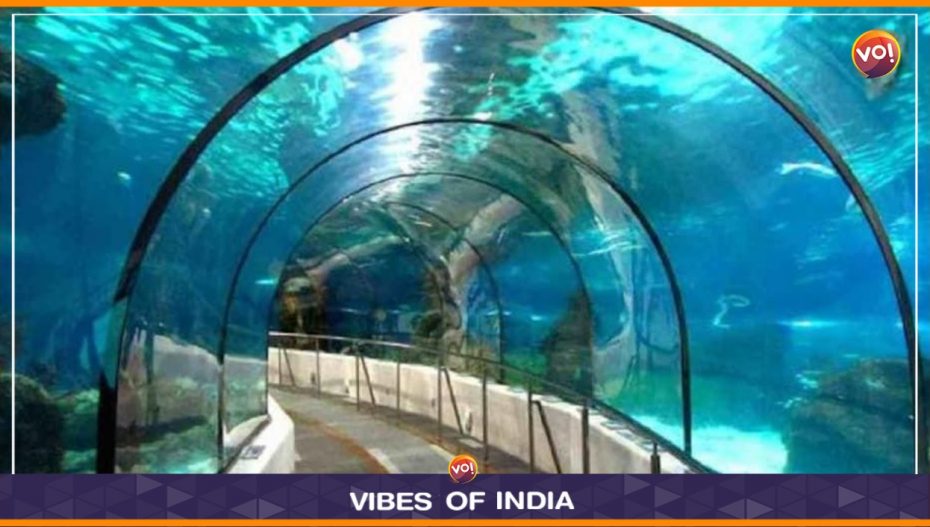India’s first underwater tunnel, being built under the Hooghly River in West Bengal at a cost of around Rs 120 crore as part of the East West Metro Corridor is almost ready. The train will cross the 520-metre stretch in just 45 seconds. The tunnel—the Indian version of Eurostar’s London-Paris corridor—is 13 metre below the riverbed and 33 metre below ground level.
The 520-metre tunnel is part of the East West Metro Corridor of Kolkata – from the IT hub of Salt Lake Sector V in the east to Howrah Maidan in the west across the river.
The tunnel’s construction is complete and is likely to be commissioned in December 2023 after the completion of a 2.5-km stretch between Esplanade and Sealdah on the corridor.
This metro route between Howrah and Sealdah cuts down the commute time to 40 minutes as against 1.5 hours by road.
The tunnel will have an internal diameter of 5.55 metre and an external diameter of 6.1 metre. The spacing between the up and down tunnels will be 16.1 metre centre-to-centre.
Several protective measures have been taken to prevent water inflow and leakages in the tunnel. Concrete mixes composed of fly ash and micro silica have been used for the segments to minimise water permeability.
The segments are being sealed using a complex grouting process that will fill the space between the segments and the shield of the tunnel boring machine (TBM).
A two-component grout mix, including a slurry made of water, cement and bentonite and sodium silicate, is being used to fill the gaps. The liner segments are fitted with German-made neoprene and hydrophilic auxiliary gaskets, which expand when in contact with water to prevent inflow through segmental joints.
Two German-made tunnel boring machines (TBMs), named Prerna and Rachna, were deployed for the process.
Emergency evacuation shafts up to 760 metre in length are being provided inside the tunnel in accordance with the National Fire Protection Association (NFPA) guidelines. The evacuation shafts are being provided in Howrah Station in the west and Strand Road in the east for passenger safety.
Also Read: Gujarat An Example Of Urban Development: CM Patel












